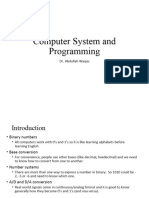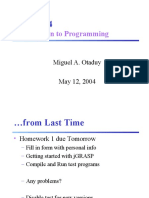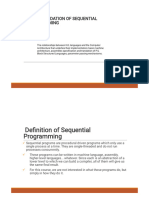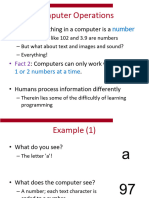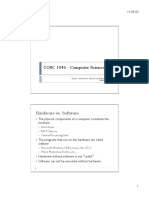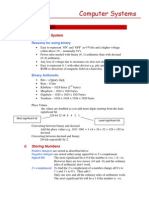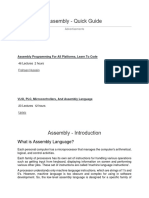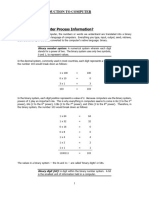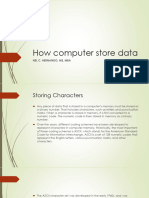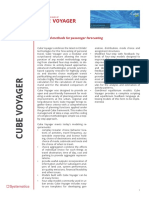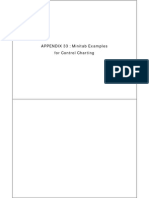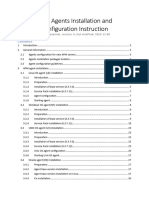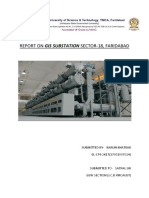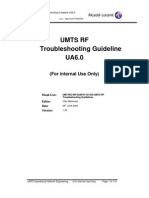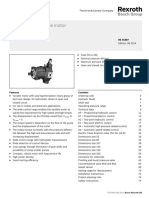0% found this document useful (0 votes)
11 views49 pagesComponents and Architecture
The lecture covers the fundamentals of computer architecture, focusing on data representation, the processor, memory, and the machine cycle. It explains how digital computers use binary data, the significance of bits and bytes, and the role of the microprocessor in executing instructions. Additionally, it introduces concepts like primary and secondary memory, the machine cycle, and input/output processes in computing.
Uploaded by
alvinropkCopyright
© © All Rights Reserved
We take content rights seriously. If you suspect this is your content, claim it here.
Available Formats
Download as PPT, PDF, TXT or read online on Scribd
0% found this document useful (0 votes)
11 views49 pagesComponents and Architecture
The lecture covers the fundamentals of computer architecture, focusing on data representation, the processor, memory, and the machine cycle. It explains how digital computers use binary data, the significance of bits and bytes, and the role of the microprocessor in executing instructions. Additionally, it introduces concepts like primary and secondary memory, the machine cycle, and input/output processes in computing.
Uploaded by
alvinropkCopyright
© © All Rights Reserved
We take content rights seriously. If you suspect this is your content, claim it here.
Available Formats
Download as PPT, PDF, TXT or read online on Scribd
/ 49

